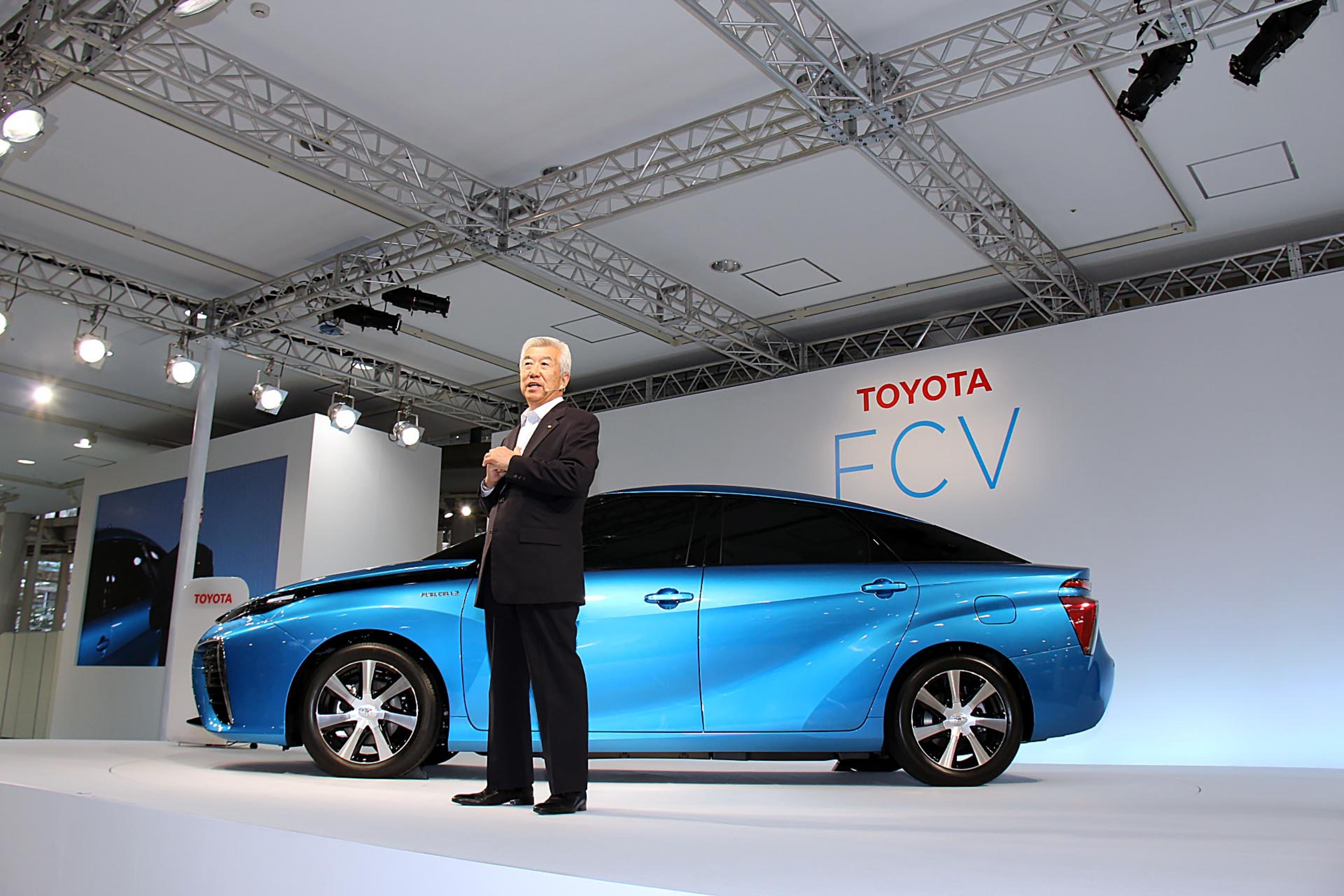The Rise of Hydrogen Vehicles in Australia: What to Expect

The Rise of Hydrogen Vehicles in Australia: What to Expect
As Australia moves towards a more sustainable future, the automotive landscape is poised for a significant transformation with the introduction of hydrogen vehicles. This shift not only represents a technological advancement but also aligns with the country's efforts to reduce carbon emissions and leverage its abundant renewable energy resources. Here's an in-depth look at the adoption of hydrogen technology in upcoming vehicles and when these eco-friendly options are expected to arrive in the Australian market.
The Uptake of Hydrogen Technology in Australia
Australia's vast solar and wind resources make it an ideal setting for producing green hydrogen, the cleanest hydrogen fuel, derived from water using renewable energy. With the government and private sectors investing heavily in hydrogen technology through initiatives like the National Hydrogen Strategy, Australia is gearing up for a hydrogen revolution. This commitment is expected to expedite the introduction of hydrogen vehicles to the Australian market, marking a new era in clean transportation.
Arrival of Hydrogen Vehicles in Australia
Global automakers, including Hyundai, Toyota, and Honda, have been at the forefront of hydrogen fuel cell vehicle (FCEV) development. Some of these models are already available in select markets, with plans for introduction in Australia. Initially, these vehicles are being introduced through fleet sales, targeting government and corporate fleets to build a foundation for broader consumer adoption as infrastructure develops and production costs decrease.
When to Expect Hydrogen Vehicles in Australia
The timeline for hydrogen vehicles becoming widely available in Australia is closely tied to the development of hydrogen refueling infrastructure and the broader adoption of these vehicles globally. While it's challenging to predict an exact timeline, we can expect to see a gradual introduction of hydrogen vehicles over the next few years. As infrastructure expands and awareness grows, hydrogen vehicles will become an increasingly viable option for Australian consumers.
The first significant wave of hydrogen vehicles is likely to hit the Australian market within the next 5 to 10 years, depending on factors such as infrastructure development, vehicle availability, and government policies supporting the transition to clean energy.
Implications for Consumers
For Australian consumers, the arrival of hydrogen vehicles offers an exciting opportunity to embrace clean, sustainable transportation. As the market for these vehicles grows, consumers will benefit from a wider range of choices and the chance to contribute to reducing environmental impact. Awareness and education about hydrogen technology, its benefits, and the current state of refueling infrastructure will be key to fostering adoption among Australian drivers.
Conclusion
The introduction of hydrogen vehicles represents a significant milestone in Australia's journey towards sustainable transportation. As this technology matures and becomes more accessible, it promises to transform the automotive landscape, offering Australian consumers the opportunity to drive cleaner, more efficient vehicles. With continued investment in hydrogen infrastructure and technology, Australia is well-positioned to lead the way in adopting this groundbreaking form of clean energy.
